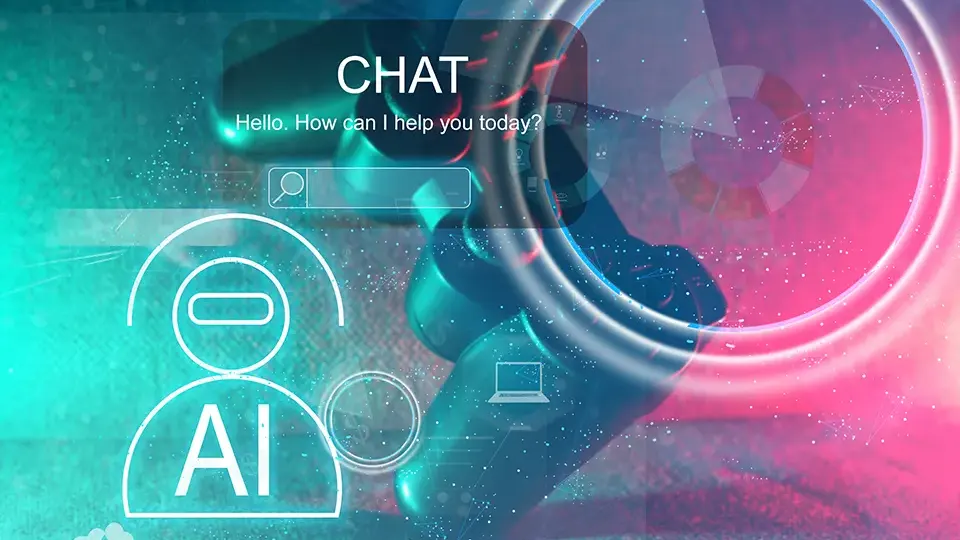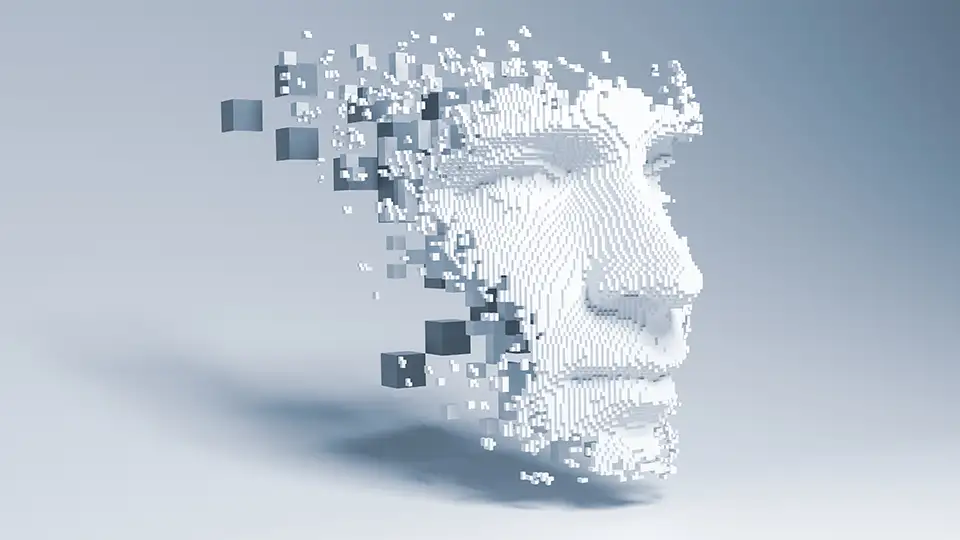In a survey and report compiled by the Conference & Incentive Travel organization, event organizers stated they’re very keen to obtain more data from their events. Data collection was one of the top benefits of digital and hybrid events for 38% of respondents.
So, how can you infuse your events with better data gathering opportunities?
1. Go interactive with your event platform.
Even if your event is in person, make sure registration, FAQs, “warm-up” conversations, and preview content all live online so your guests can engage with that material and provide useful insights along the way. You may find that your attendees prefer TV-style video productions as opposed to slide shows, which can not only inform your upcoming event, but also future marketing efforts.
2. Incentivize form completions
Ideally, your platform should also collect demographic information and/or decision-making preferences so you can analyze it for trends or opportunities.
Let’s say your RSVP form starts with the basics – name, gender, ethnicity, income, etc – but you can go further. Incentivize further survey participation by offering to “unlock” perks for the actual event. Most people would be happy to answer a few additional questions if it meant a complimentary commemorative photo or an exclusive give-away item from the event.
Think of what it is you want to know about your attendees and work backwards for ways to find the answers you want.
- Are you interested in seeing how a new packaging would be received?
- How about a new product launch?
Make sure you have prototypes at the event for people to interact with and a digital response engine (touch screens work fantastically) to collect their feedback. These days you don’t even need a physical model… 3D animations are so realistic that your guests can swipe, rotate, and zoom in on digital prototypes just as easily (and sometimes better) than the real thing.
The added bonus of a digital model is that you can even gather additional data like how much time people spent exploring individual features.
3. Use Smart Technology
When you’re looking for more qualitative data as opposed to quantitative data, smart use of technology can make the seemingly mysterious quite simple. For instance, by simply giving your guests an RF-encoded nametag and installing the right scanning/tracking hardware throughout your space, you can see just where people tended to gather through the night. If tons of people left their seats during part of a presentation, it’s a sign they may have lost interest and that messaging needs to be workshopped. No surveys, no direct feedback, just common sense.
4. Take Advantage of Chatbots
Another technology tool to consider is a chatbot feature for your event platform or your event app. Without having to hire staff to answer common questions, you’ll have entire conversations showing what your guests needed, wanted, or expected. You can even engage chatbots for post-event follow up to see what input those guests may have for future events or sales and marketing initiatives.
It’s a big, data-driven world out there, but it doesn’t have to be intimidating. The technology is there, it’s just a matter of putting it to good use.




